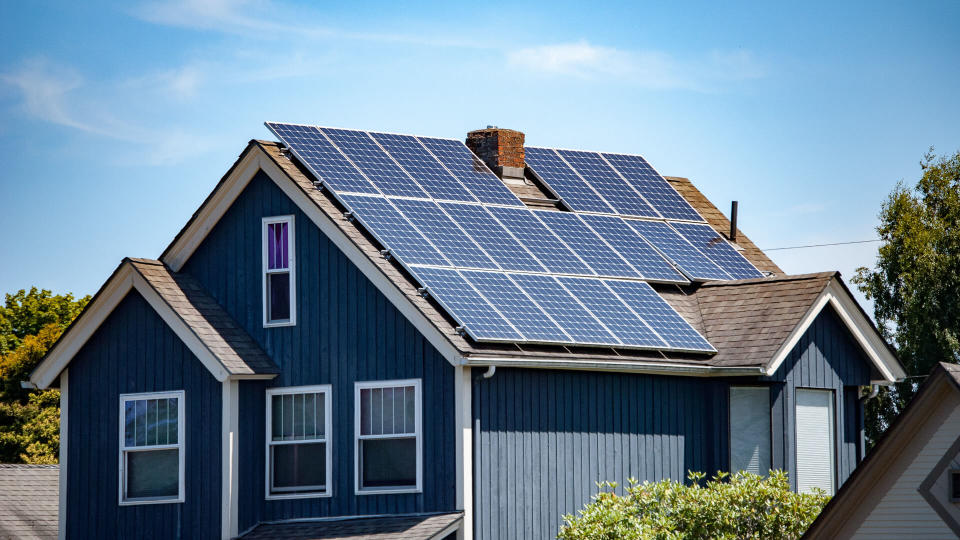I Cut My Electricity Bill: Here’s How I Did It

After a few months of seeing ludicrous electrical bills, I decided enough was enough. I had to lower the fee. Discovering that the adjustments I made worked, I wanted to share the advice. Because let’s face it, no one likes paying bills — you’ll feel better knowing you’re paying much less than before.
Check Out: 6 Valuable Everyday Items You Should Never Throw Away
Read Next: How To Get $340 Per Year in Cash Back on Gas and Other Things You Already Buy
All you have to do is adopt the following changes to your household. You’re helping yourself, your wallet and the environment.
1. Disconnect Appliances When You’re Not Using Them
You might think that if the toaster or blender is off there’s no issue with leaving them plugged in. But for an energy-conscious household, this isn’t true. The fact is, many of these systems use power anyway, which can add up to $200 to an average home’s bill, according to Fidelity. Unplug them, or make use of a power strip with an off switch that prevents power draw.
2. Install Solar Paneling
Solar panels have come down in price in recent years, according to Kiplinger. Along with the complementary tax credits, solar panels are an investment — it will take some years, but eventually your lower, or non-existent, electric bill will see have made you back the cost of installing them. Before making such a large investment, you can opt for solar-powered battery banks. You can use these as an alternative for charging your phones and other electronics. The more you switch over, the more of an impact it will have on your bill.
3. Be Conservative With Your Washer/Dryer
You should try to avoid setting a new load until you have enough to reach the maximum capacity, which will reduce your overall cycles over time. You can make use of color catchers to make more loads work together and prevent bleeding. Many washers have an eco-mode, making for a shorter, colder wash that ultimately consumes less electricity. As explained by SolarGaps, a dryer uses around 50 times the electricity that a TV uses in one hour. Similarly, you should try to fill up your dishwasher before running it. If you only have a few dirty dishes, consider delaying or simply washing them by hand.
4. Become a Fan of Ceiling Fans
As a rule of thumb, when you’re not home, turn your AC down, or off entirely. But to take this a step further, you can use ceiling fans to offset some of the time you would spend at home with the AC on, drawing all of that power. Ceiling fans use much less electricity and can work to keep your home cool without constantly needing the AC running. On the other hand, when the weather is cold, you have the option of wearing extra layers and turning down the heat, at least for some time. It won’t seem so bad when you notice the dip in your electric bill.
5. Get an Energy Audit
Learn More: 5 Unnecessary Bills You Should Stop Paying in 2024
The best way to lower your electric bill is by knowing your specific usage patterns. Not only will you receive an Energy Star rating, you’ll also be given detailed information about your usage, which can help you pinpoint key areas to address, including the previously mentioned areas. According to Just Energy, most households don’t have energy audits – the information only makes it easier for you to save money (and help the environment) so it’s definitely worth considering. You can also improve your home’s energy efficiency by having a professional home energy audit, according to DeVere Insulation. This type of review uses thermal imaging devices to locate problem areas — like lack of insulation or faulty window seals — that need to be addressed for max effect.
More From GOBankingRates
This article originally appeared on GOBankingRates.com: I Cut My Electricity Bill: Here’s How I Did It

 Yahoo Finance
Yahoo Finance 